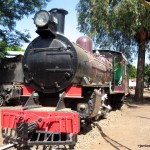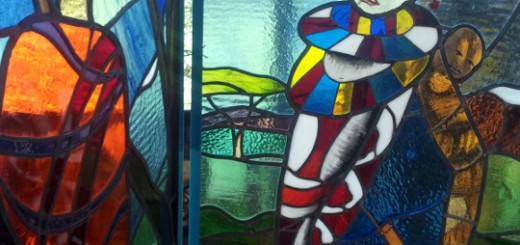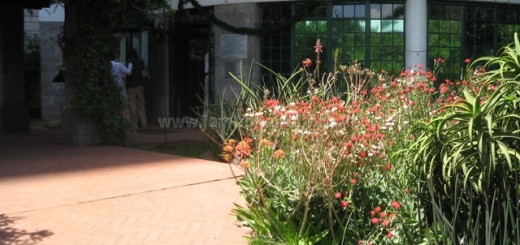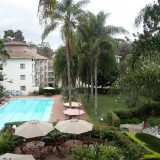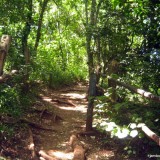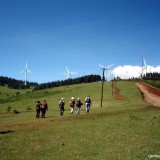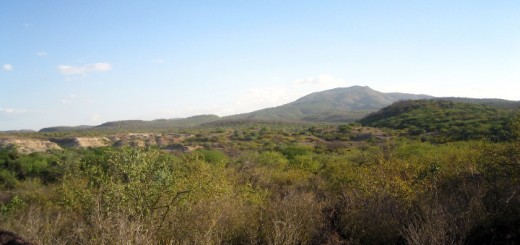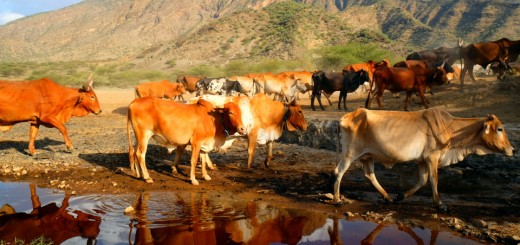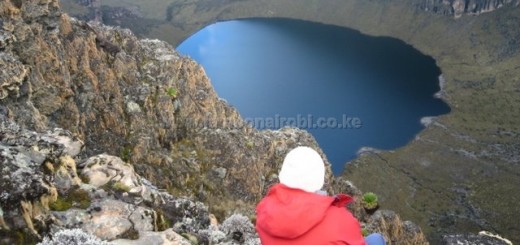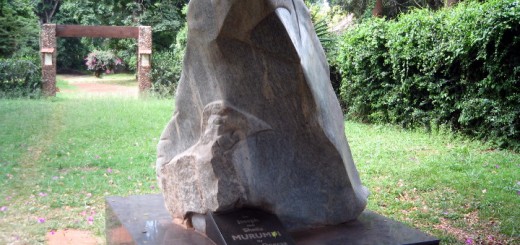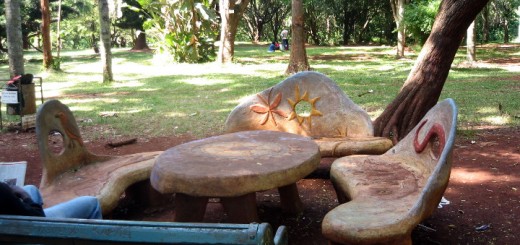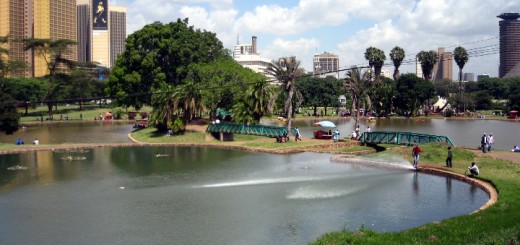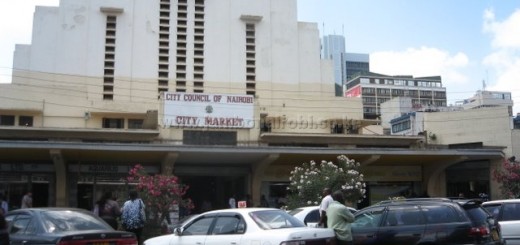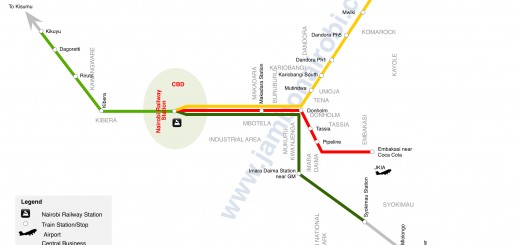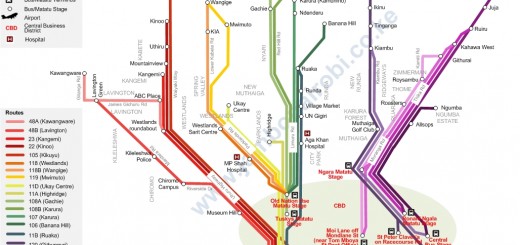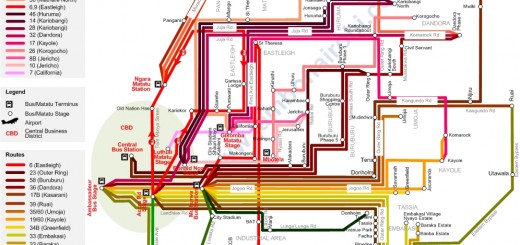Nairobi Railway Museum
Have you ever wondered how Nairobi came into existence? Why was it established at its present location? How did it look like then and at various stages in its history? The best place to get answers to these questions is the Nairobi Railway Museum.
- Steam locomotives
- Water crane for steam locomotives
- Nairobi railway museum building
The story of the construction of the railway linking the East African coastal town of Mombasa to the town of Kisumu on the shores of Lake Victoria at the beginning of the 20th century has been told in books and film. It is a story of grand vision, a story of tragedy, and a story of man’s triumph over enormous odds in his quest to effectively administer the British Protectorate of Uganda and control the source of the River Nile. Colonel J.H. Patterson in his book Man Eaters of Tsavo describes his experiences with the lions that preyed on the railway’s construction workers all along the way from Voi to Nairobi. This account was dramatized in the 1996 movie The Ghost and the Darkness. It took five and a half years from May 1886 to December 1901 for the 931km railway to be completed at a cost of £ 5.5 million. A total of 2,493 lives at an average of 38 dead workers per month, or 5 dead workers for every 2km stretch, were lost. This undertaking also led to the creation of Nairobi, and later on the country Kenya. Sir Charles Eliot, a senior British Official at the time, described this surprising outcome with the words It is not uncommon for a country to create a railway, but it is uncommon for a railway to create a country.
The Nairobi Railway Museum has a collection of photographs from this period, including a picture history of Nairobi from its infancy, and images of other occurrences and milestones during the railway construction. Numerous artifacts from the early years of the railway operation are on display in the Museum.
The Museum also has a yard with exhibits of the different steam engine locomotives used on the railway system from 1898 when the first train set off on its maiden voyage from Mombasa. One of these, the 59 or Mountain class locomotive weighs 254 ton and is reputed to have been the most powerful metre-gauge locomotive ever built, capable of moving 1200 ton trains in one trip. Other exhibits include a sample water crane similar to those used at various water stops and stations along the railway line.
Getting there
This Museum is located on Station Road a few hundred metres from the Nairobi Railway Station, in the Central Business District. An alternative route to the Museum that bypasses the chaotic matatu bus station at the Railway Station is through Workshop Road from Haile Selassie Avenue near City Square Post Office. This leads to Station Road, where you turn right to get to the Museum.
Entry Requirements
It is open to the public at a small fee of Ksh 100 for citizens, and Ksh 400 for residents.
Business Hours
08:00 to 17:00hrs daily
